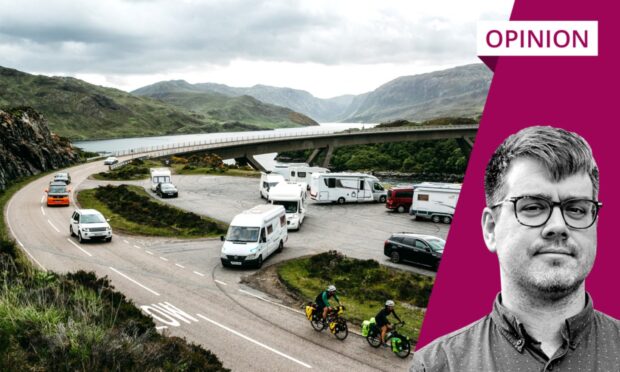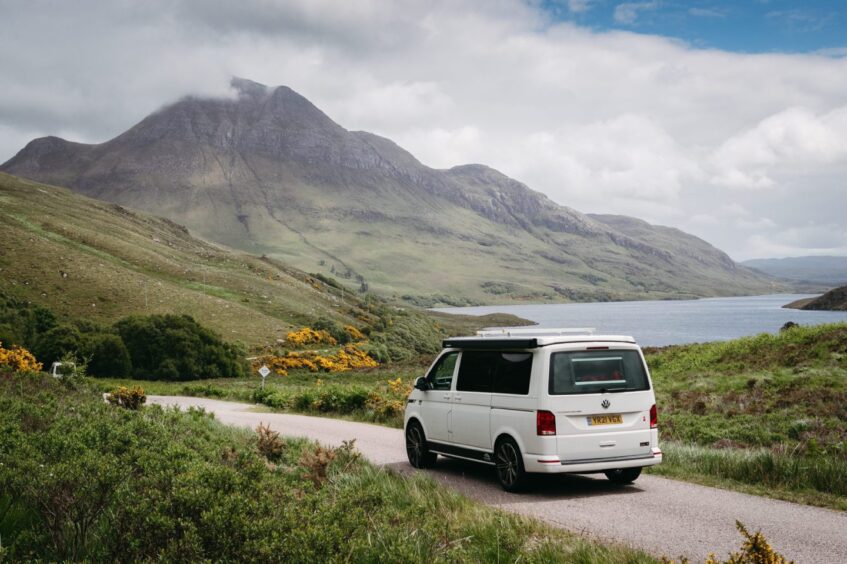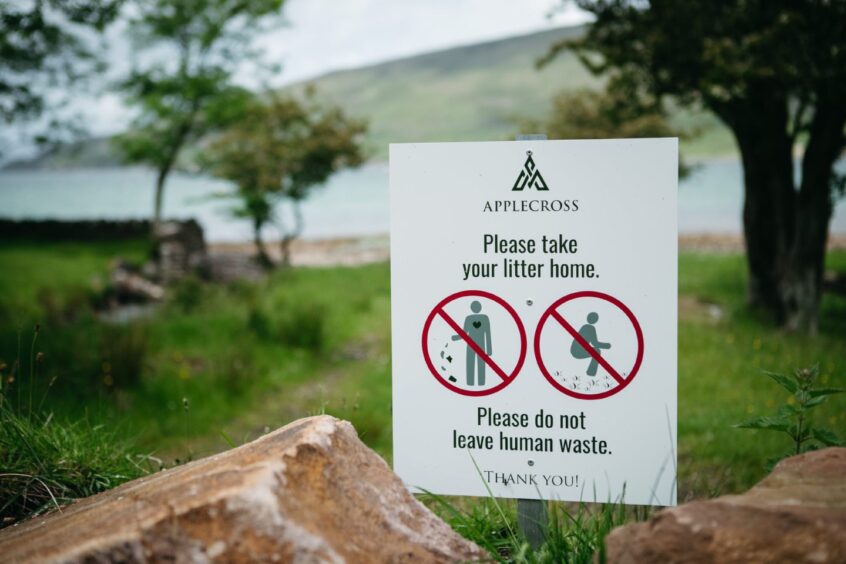One of my starkest memories of the North Coast 500 is, unfortunately, not of the stunning scenery.
On the second occasion that I travelled the route around Scotland’s Highlands, we happened upon a scene of near tragedy reapproaching Thurso.
It was around 4pm in the afternoon, August 2021 and an hour or so earlier, there had been a four-car smash on the road. The mangled cars were still at the scene, but the people, all of whom survived, had been taken to hospital. Debris from their cars and luggage were strewn along a 100-yard section of the road.
Not exactly my fondest memory of a holiday, but one that has stayed vividly with me, in harsh contrast to the beauty of much of the route that the NC500 takes.
I remember earlier that morning, I had been grumbling about other tourists on the route. Four young kids in their souped-up motors who had shared our campsite at Thurso, a car for each, revving loudly out of town.
Later, a jumbo-sized motorhome that had been struggling its way around the bends somewhere near Bettyhill. And then finally the pile-up.
It’s then unsurprising to read much thought from the locals on the route recently, about the challenges that the increased tourism has brought for them. I only had to put up with it for a week, while admittedly adding to the numbers. Those who live up there deal with it daily.
At what point does North Coast 500 popularity become detrimental?
Tourism around the NC500 has continued to increase, certainly since the first time I did the route, almost ten years ago, but also since the aforementioned trip in 2021. At what point might the sheer number of people outweigh the economic benefits that the visitors undoubtedly bring?
Now, as the tenth summer of the route begins, folk are asking themselves what needs to improve for the balance between the land and the visitors to be on an even keel. The first time I did the route, which was 2016, I don’t recall the same level of problems. Campsites were hardly overrun, other than by midges. Achmelvich and Clach Toll beaches both felt remote, peaceful and beautiful.
The only real logjam I recall at the time was when we drove up the Bealach na Ba’, which was nose-to-tail even then. At the top folk were jostling for parking spaces, taking pictures of Skye to the west and building wee pet peeves of mine, mini-cairns; leave nature as you find it and all that.
Then, of course, trying to get served at The Applecross Inn. Four deep at the bar on a Wednesday night, even after the end of the summer holidays – the rate the peaty whiskies were coming out was anxiety-inducing for a wee while.
How do you share the beauty and minimise impact on local community?
Since then, we’ve all read horror stories of human faeces, overflowing bins and atrocious driving on the route. The question of how to best share one of the most stunning landscapes in the world with all who want to see it still hasn’t been adequately answered.
It’s frustrating that of course the answer is quite obvious, but suffers from the eternal issue, lack of apparent funding.
Infrastructure along the route must be better – the three Ts of Toilets, Toilets, Toilets seems an easy place to start, but a lack of engagement with communities in Sutherland and Caithness, Wester Ross and Skye needs to be remedied.
They are screaming for the route to be better managed. Also, it appears to be that a progressive tourist tax to raise money for much-needed investment into the region is a no-brainer.
Tourist levies, or even toll-gates for motorhomes, as one P&J reader suggested, will raise valuable income that can be shared with communities, and soften the blows experienced by some and improve roads and facilities along the way.
Perhaps not the easiest to implement across a vast region, but far from rocket science and surely worth a try. Lastly, of course, is the education of the visitors themselves. Instead of racing around the route, slow-travel might be encouraged, where tourists stay more than one night in a location.
When I went in 2021, I only completed around half the route, coming home through Lairg and Inverness, after a few days in Tongue, the last on the North Coast after Thurso.
Those extra hours spent in the small towns and villages make the difference – they allow the beauty to permeate. I sat on the beach watching the tide on the Kyle roll in and out, watching a lad in a tractor race the tide to check his creels, sloshing in the sand. I’d driven round the coast beyond Talmine, off the NC500, past deserted beaches I’d otherwise never have known existed.
I’d love to go back and finish the other half again soon. I just hope I find it as I left it last time. Beautiful and boundless; wild, lost and loved.
Colin Farquhar works as a creative spaces manager and film programmer in the north-east culture sector



Conversation